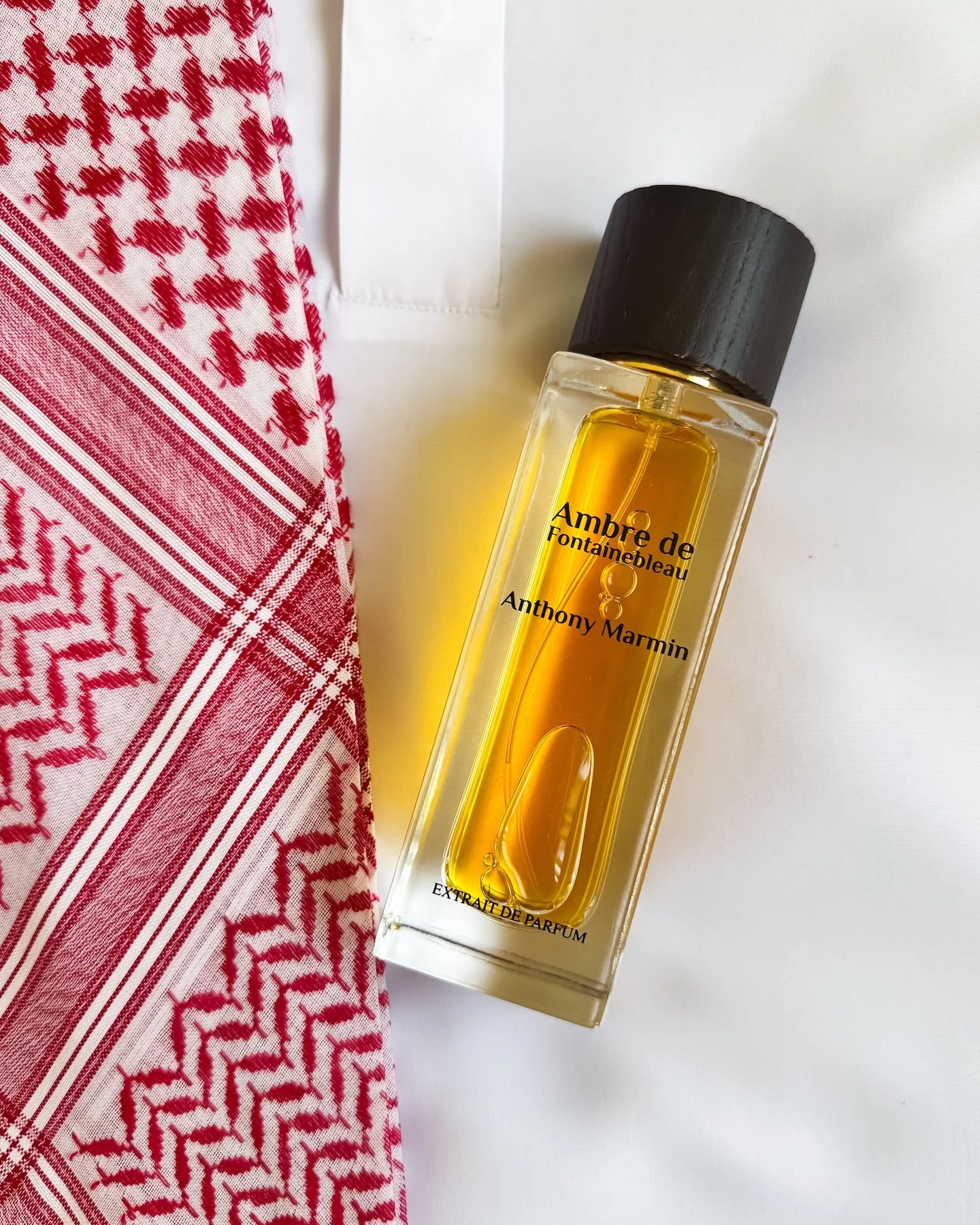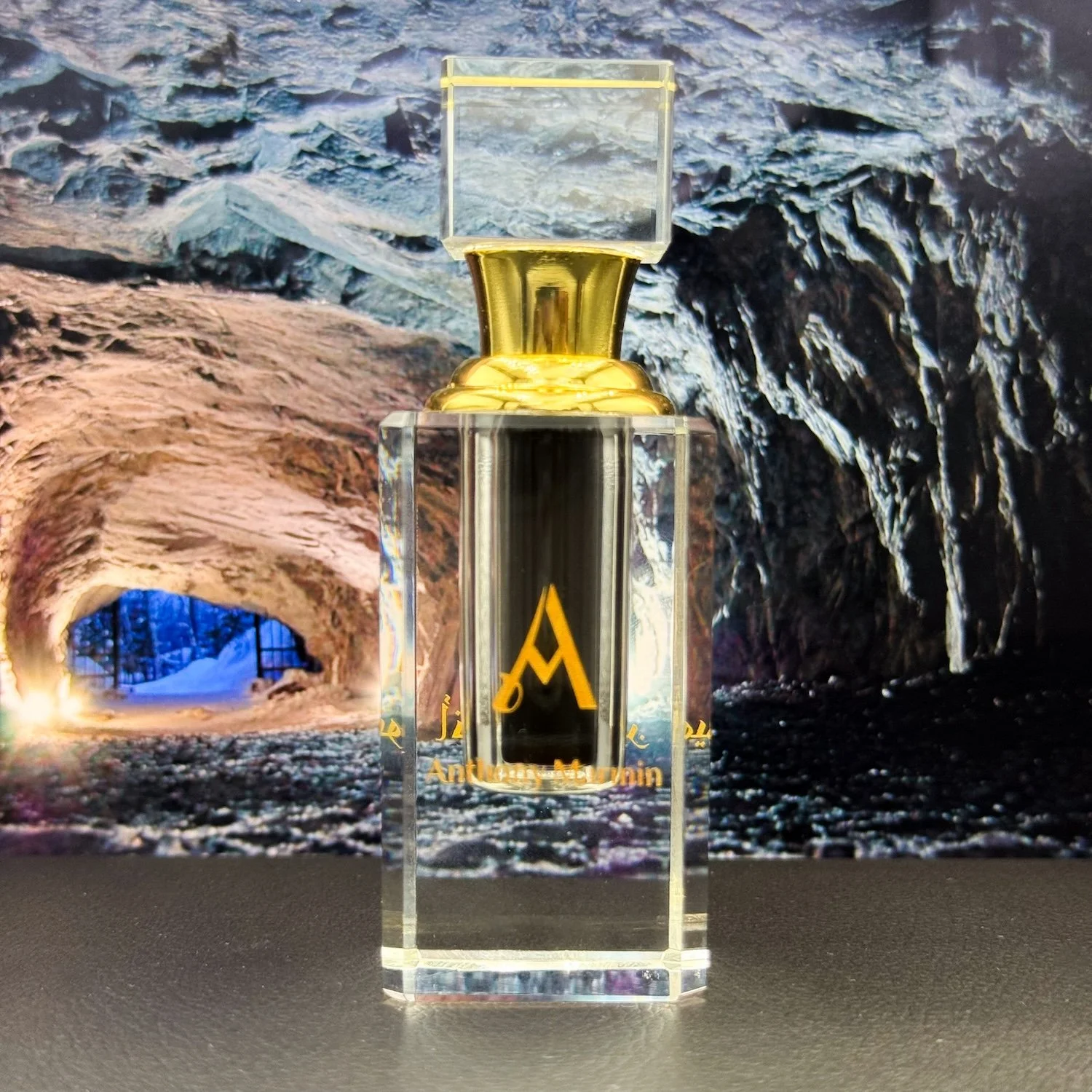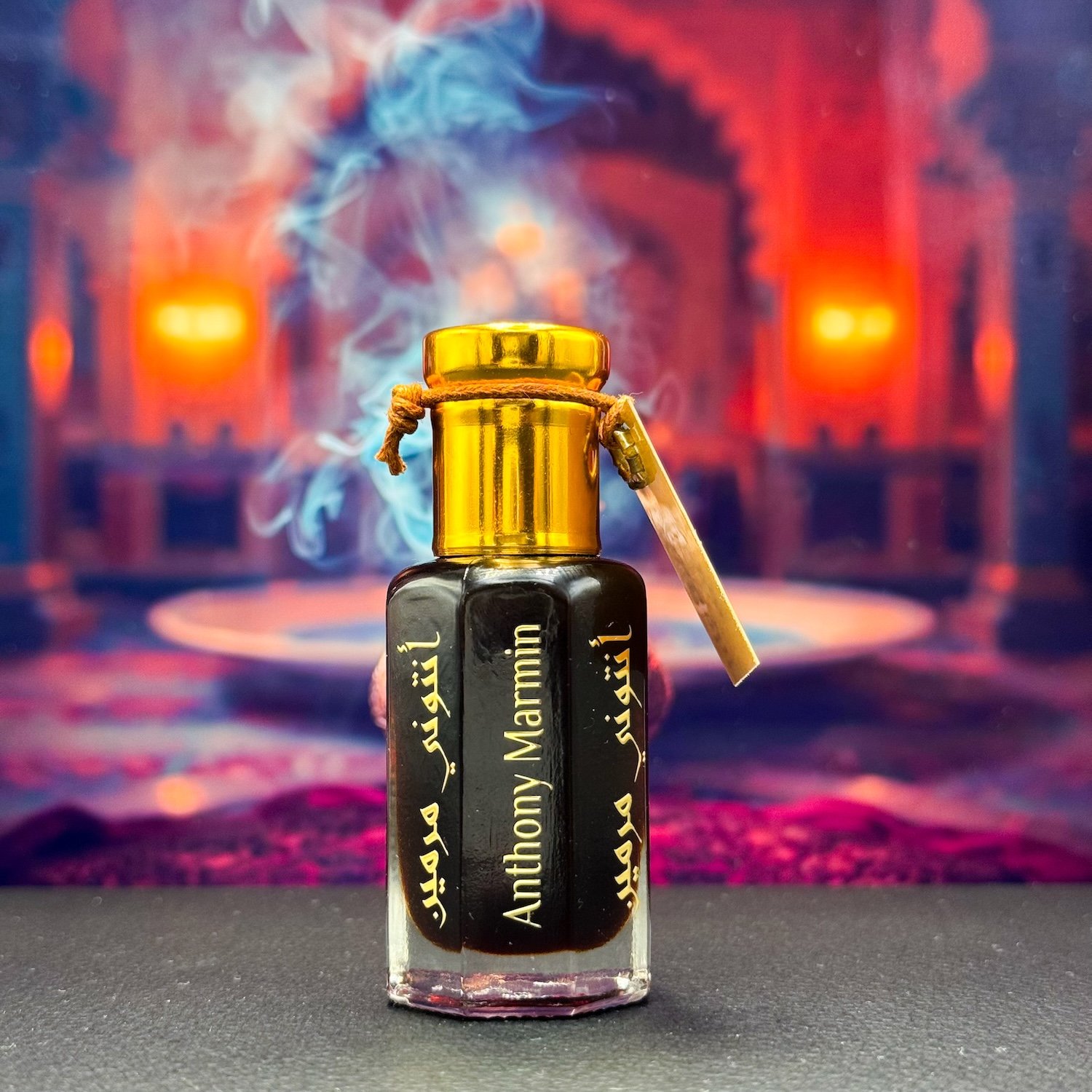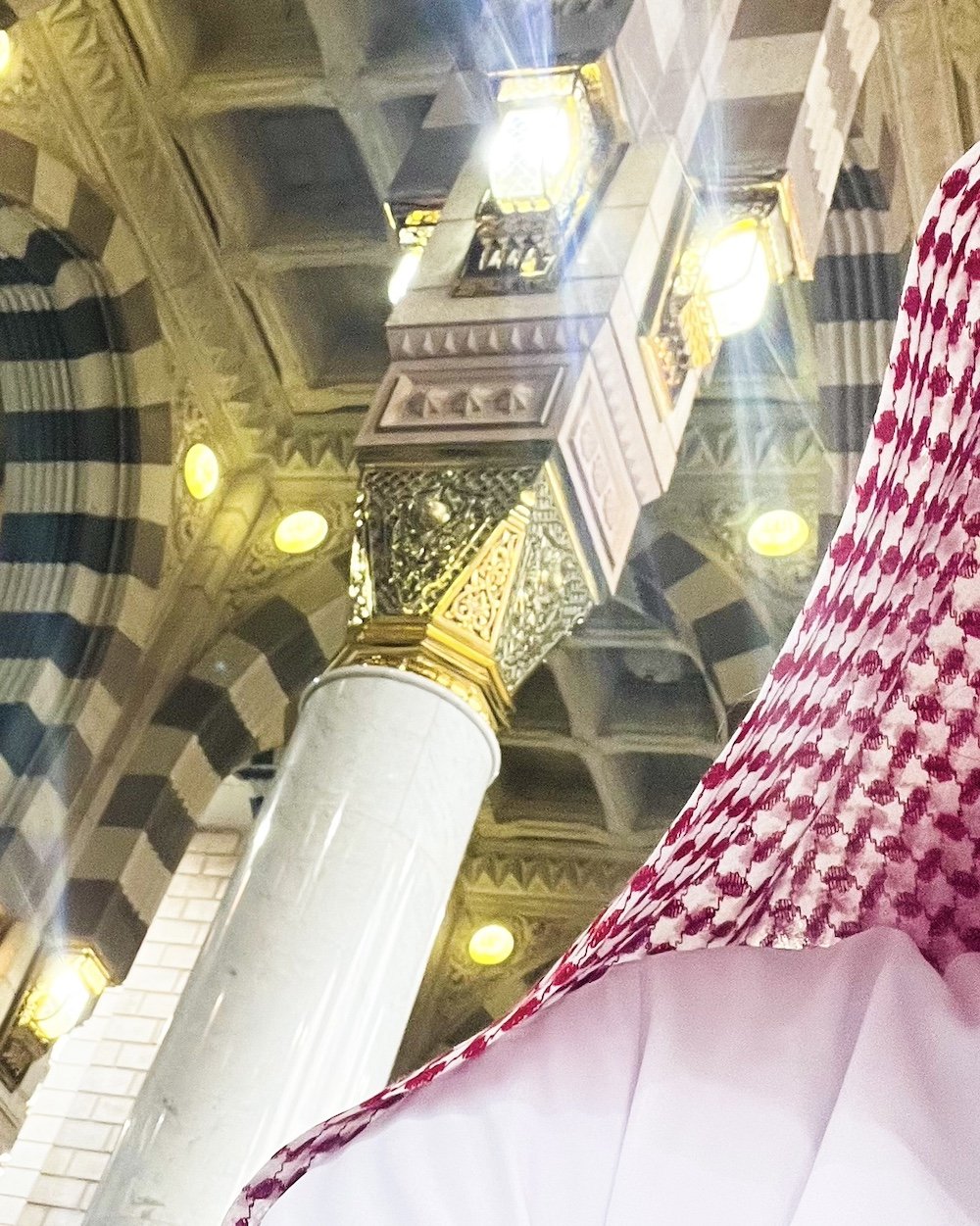The art of Arabian perfumery, composed with French elegance
🇦🇪 UAE clients: WhatsApp our team for payment in AED, Pay in 4 and Cash on Delivery.
Elixirs
Haute Expression
Heritage Line
Ancestral Artistry
Elixirs and the Heritage Line share the same essence: pure perfume oils, free from alcohol and faithful to the codes of Arabian perfumery.
Elixirs unveil rare, layered complexity, while the Heritage Line offers a clear, authentic expression. Perfumery is meant to be lived in many ways, and each journey is yours to embrace.
Extraits de Parfum
Modern Expression
Incense
Commencement of Perfumery
TRENDING NOW
〝Experience the art of Arabian perfumery, composed with French elegance. We craft fragrances from rare and authentic materials, rooted in tradition. We build a world where each scent tells a story, awakens memory and makes the unseen unforgettable. 〞
Anthony Marmin
Visit our Store
Our Dubai boutique is relocating. The full collection is available online with fast UAE and worldwide shipping.
Find a Distributor
Find authorized stockists near you
Buy in Saudi Arabia
Our service for Pilgrims and visitors of Madinah











